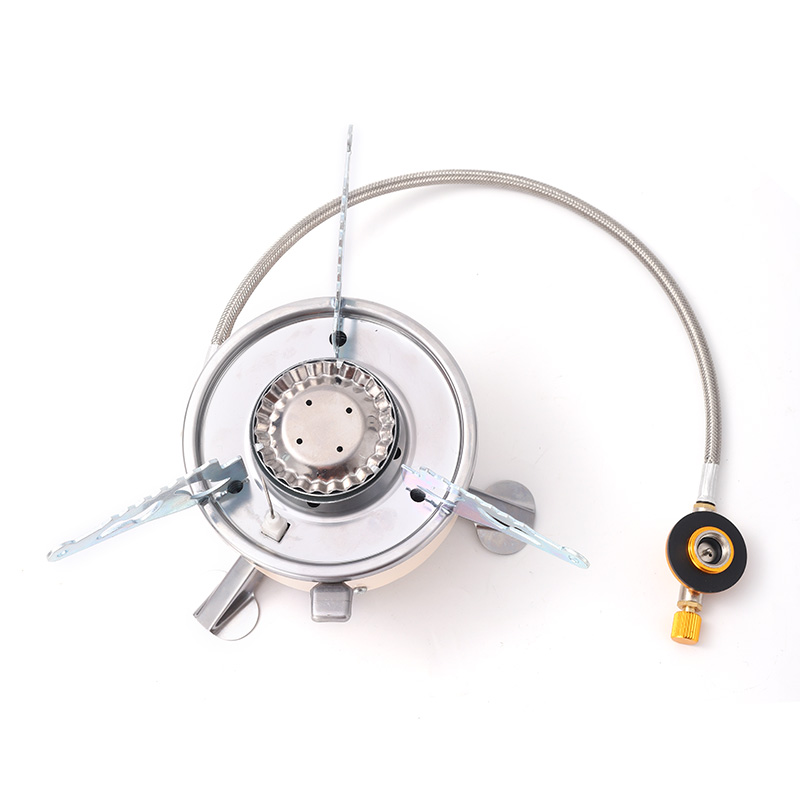When you hike fifteen miles to a back-country lake, every ounce counts, yet you still want a hot meal within minutes. The fuel you pair with your portable camping stove can make or break both the budget and the backpack, so let’s run the numbers on the five fuels many hikers and car-campers actually carry: propane, butane, isobutane blends, white gas, and natural wood.
Propane Canisters
The squat green 16-oz bottles sold at every hardware store are cheap up-front—about $3.50 per can—but heavy at 14 oz empty. Expect 22,000 BTUs per bottle, enough to boil roughly 60 cups of water. That translates to 5.8 cents per cup, the second-low cost on this list, yet the steel bottle adds 1 lb to your pack and cannot legally ride on an airplane.
Butane Cartridges
The tall 8-oz aerosol cans beloved by ultralight backpackers weigh only 6 oz empty and cost $2.25 each. They deliver 12,000 BTUs, good for 35 cups of water, so the cost rises to 6.4 cents per cup. Their fatal flaw is cold intolerance; below 35 °F the pressure collapses and your breakfast waits.
Isobutane/Propane Blends
good blends such as MSR IsoPro or Jetpower cost $5.50 for an 8-oz canister, but they squeeze 15,000 BTUs into that smaller package and burn down to 20 °F. You’ll get 40 cups of water at 13.8 cents per cup—pricey, yet still cheaper than freeze-dried coffee in town. The empty canister weighs 4.5 oz, half that of propane, making this the sweet spot for three-season backpacking.

White Gas (Naphtha)
A one-liter refillable bottle of Coleman Fuel runs $4.50 at any outdoor shop and cranks out 90,000 BTUs. Even after factoring in the 7-oz bottle, you get 250 cups of water at just 1.8 cents per cup—the cheap fuel on the list. The trade-off is complexity: priming, pumping, occasional cleaning, and the need to carry a dedicated pump bottle.
Wood
Nothing beats zero cents per cup if you’re surrounded by dry twigs. A titanium wood-burning stove weighs 7 oz and never runs out of fuel in healthy forests. Yet gathering, lighting, and tending a small fire can add 20 minutes to every meal, and burn bans in the western U.S. make wood stoves illegal for months each year.
Bottom line
If you measure savings purely in cash, white gas wins. If you measure in weight per BTU, isobutane blends take the crown. Propane is unbeatable for car-camping families who don’t mind the heft, while butane works only for warm-weather simples. Wood is free until you count time as money and factor in fire restrictions.
My practical rule: carry an isobutane blend on solo spring-to-fall trips where every gram matters, refill a white-gas bottle for winter expeditions or group cooking, and keep a propane bottle in the truck for tailgate tacos. Swap intelligently and your portable camping stove will never burn a hole in either your pack or your wallet.
Copyright © Yongkang Aomijia Industry & Trade Co., Ltd. All Rights Reserved.
Lightweight Camping Gas Stove Cookware Factory
